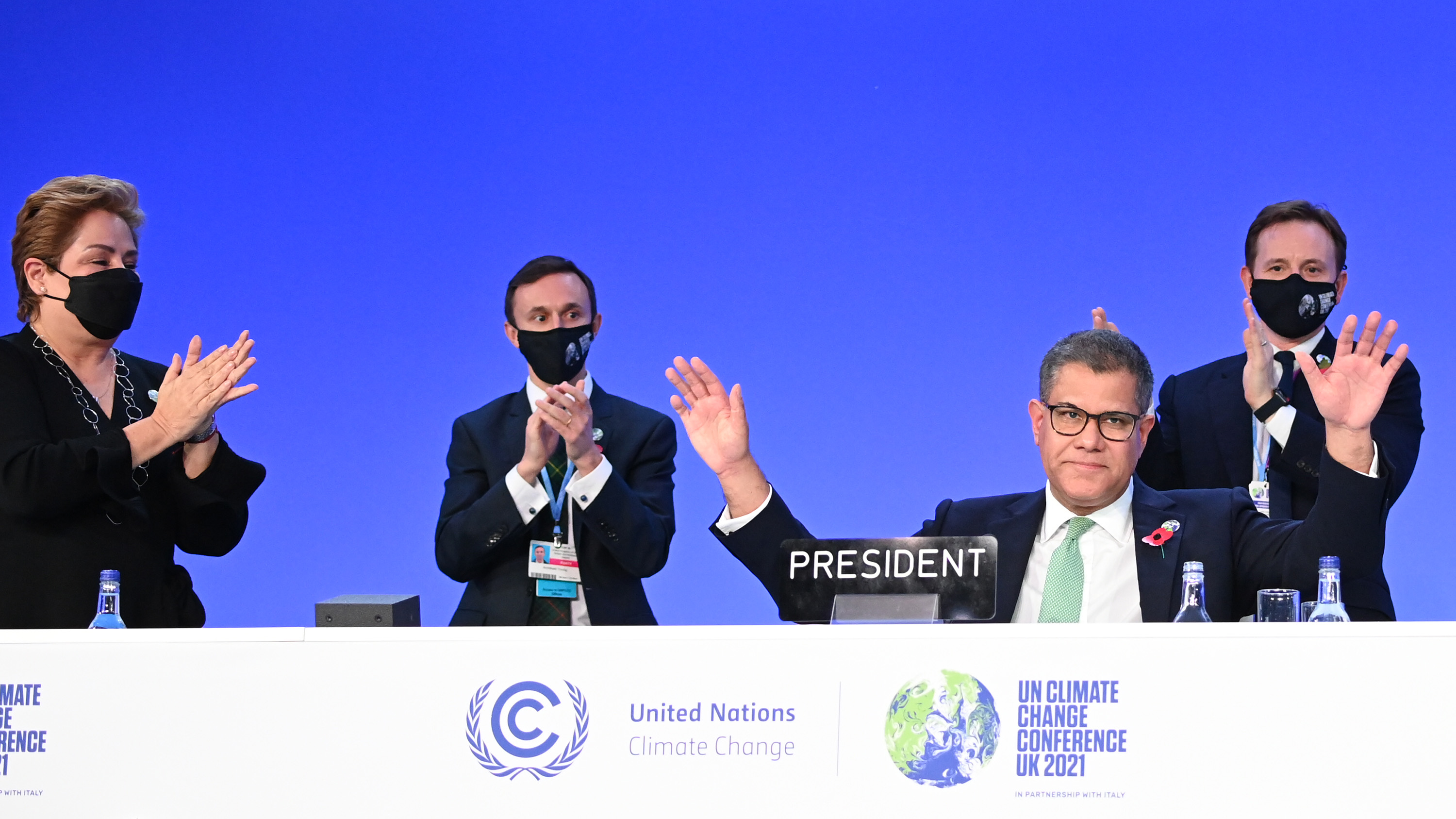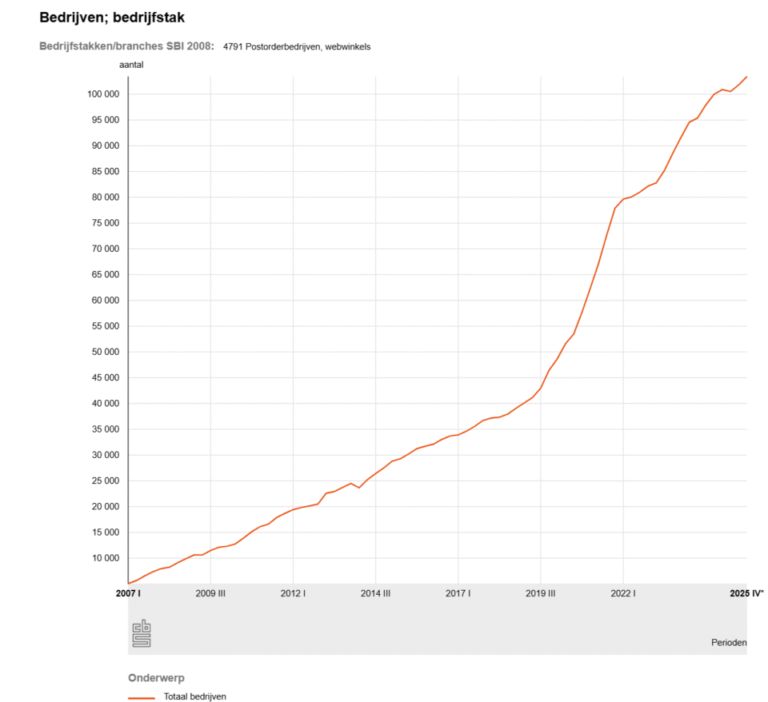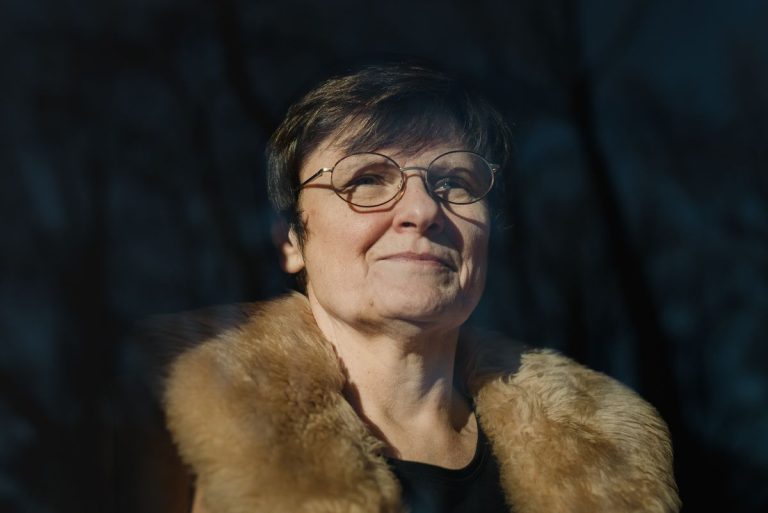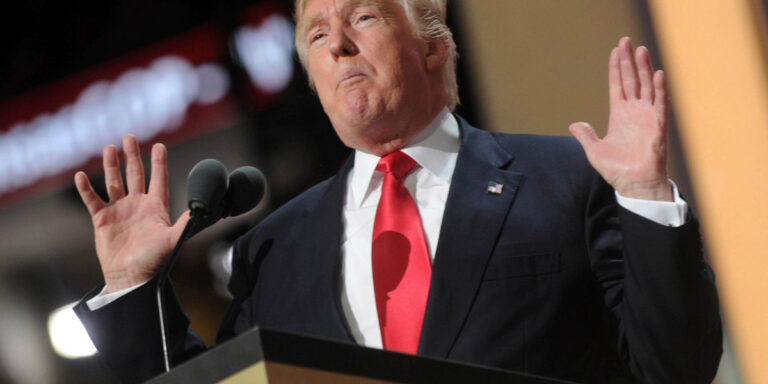Nations are poised to begin building an international carbon market, after finally adopting the relevant rules at the UN climate conference in Glasgow earlier this month.
Under the COP26 agreement, countries should soon be able to buy and sell UN-certified carbon credits from one another, and use them as a way to achieve greenhouse gas reduction pledges under the Paris climate agreement.
But some observers fear the rules include major loopholes that could make it appear as if nations are making more progress on emissions than they really are. Others warn that the agreement may accelerate the creation of carbon credits within separate voluntary offset markets, which are often criticized for overstating climate benefits as well.
Carbon credits, or offsets, are produced from projects that claim to prevent a ton of carbon dioxide emissions, or to pull the same amount out of the atmosphere. They’re typically awarded for practices such as halting deforestation, planting trees, and adopting certain soil management techniques.
A new supervisory body, which should begin holding meetings next year, will develop final methods to validate, monitor, and certify projects seeking to sell UN-accredited carbon credits. The Glasgow agreement will establish a separate process for countries to earn credit toward their Paris targets by cooperating with other nations on projects that lower climate emissions, such as funding renewable power plants in another country.
Experts disagree over how large the UN-backed market will become, what some of the new rules will actually do, and how much the details may change as the final methods are determined. But the process is “slowly, messily, ploddingly building out the infrastructure for more trading of carbon as a commodity,” says Jessica Green, associate professor of political science at the University of Toronto, who focuses on climate governance and carbon markets.
The US and European Union have stated that they don’t intend to rely on carbon credits to achieve their emissions goals under the Paris agreement. But countries including Canada, Japan, New Zealand, Norway, South Korea, and Switzerland have said they will apply carbon credits, according to Carbon Brief. In fact, Switzerland is already financing projects in Peru, Ghana, and Thailand in hopes of counting those initiatives toward its Paris target.
Most observers praise at least one key achievement at Glasgow: The rules largely will prevent double counting of climate progress. That means two nations trading carbon credits can’t both apply the climate gains toward their Paris goals. Only the nation that buys a credit, or holds onto one it generated, can.
Voluntary markets
But some experts fear there may still be ways that double counting could occur.
Offset project developers have long been able to generate and sell carbon credits through voluntary programs, like the ones managed by registries such as Verra or Gold Standard. Oil and gas companies, airlines, and tech giants are all buying increasing numbers of offsets through these sorts of programs as they strive to achieve net-zero emissions goals.
The UN’s new rules take a hands-off approach to these marketplaces, notes Danny Cullenward, policy director at CarbonPlan, a nonprofit that analyzes the integrity of carbon removal efforts.
That suggests that projects developers in, say, Brazil could earn money for the offsets sold through voluntary markets—while the nation itself could still apply those carbon gains toward its own emissions progress under the Paris accords. That means there could still be double counting between a country and a company both asserting that the same credits lowered their emissions, Cullenward says.

JEFF J MITCHELL/GETTY IMAGES
An additional problem is that studies and investigative stories have found that voluntary offset programs can overstate the levels of carbon dioxide reduced or removed, due to a variety of accounting issues. But the fact that the UN isn’t going to regulate these programs could provide market clarity that drives greater demand for these offsets, spurring development of more projects with questionable climate benefits.
“It’s a complete green light for the continued scaling of those markets,” Cullenward says.
Some observers think that many nations will opt not to apply credits sold in voluntary markets toward their Paris goals. Similarly, certain marketplaces will likely distinguish between credits that countries have or haven’t used in this way, labeling the credits to signal their relative quality and pricing them accordingly.
“I’d expect that as recognition grows that [corresponding adjustments] are needed to ensure the environmental integrity of voluntary offset claims, then the market will move in that direction,” wrote Matthew Brander, senior lecturer in carbon accounting at the University of Edinburgh Business School, in an email.
Inconsistent accounting
Lambert Schneider, research coordinator for international climate policy at the Oeko-Institut in Germany, pointed out another “big loophole” in an analysis earlier month.
The rules allow different countries to use different accounting methods at different times for the carbon credits that are generated and sold, noted Schneider, who was part of the European Union’s team negotiating the carbon market rules. That could also lead to double counting. In one scenario he sketched out, half of the emissions reductions from a set of carbon credits could be claimed by two nations.
The results from either accounting method might balance out over time, more or less, if all nations used the same one all the time. But instead, every country can select the most beneficial method each time they’re reporting progress, likely distorting the overall carbon math.
“It’s a cherry-picking problem,” Schneider says.
Questionable climate benefits
Another area of concern is that the rules will allow nations to apply some credits from an earlier UN program known as the Clean Development Mechanism, authorized within the Kyoto Protocol that went into effect in 2005.
That system issued Certified Emissions Reductions to nations that funded clean energy projects in other countries, like solar and wind farms, for the emissions they may have prevented. It was designed to create an incentive for wealthier nations to fund sustainable development in poorer ones. They produce credits on an ongoing basis on the assumption that the electricity otherwise would have been generated by a climate-polluting facility, like a coal or natural gas plant.
Under the rules approved at Glasgow, nations can continue to apply credits from such projects registered in 2013 or later toward their first set of emissions reduction goals (which in most cases will mean for 2030).






